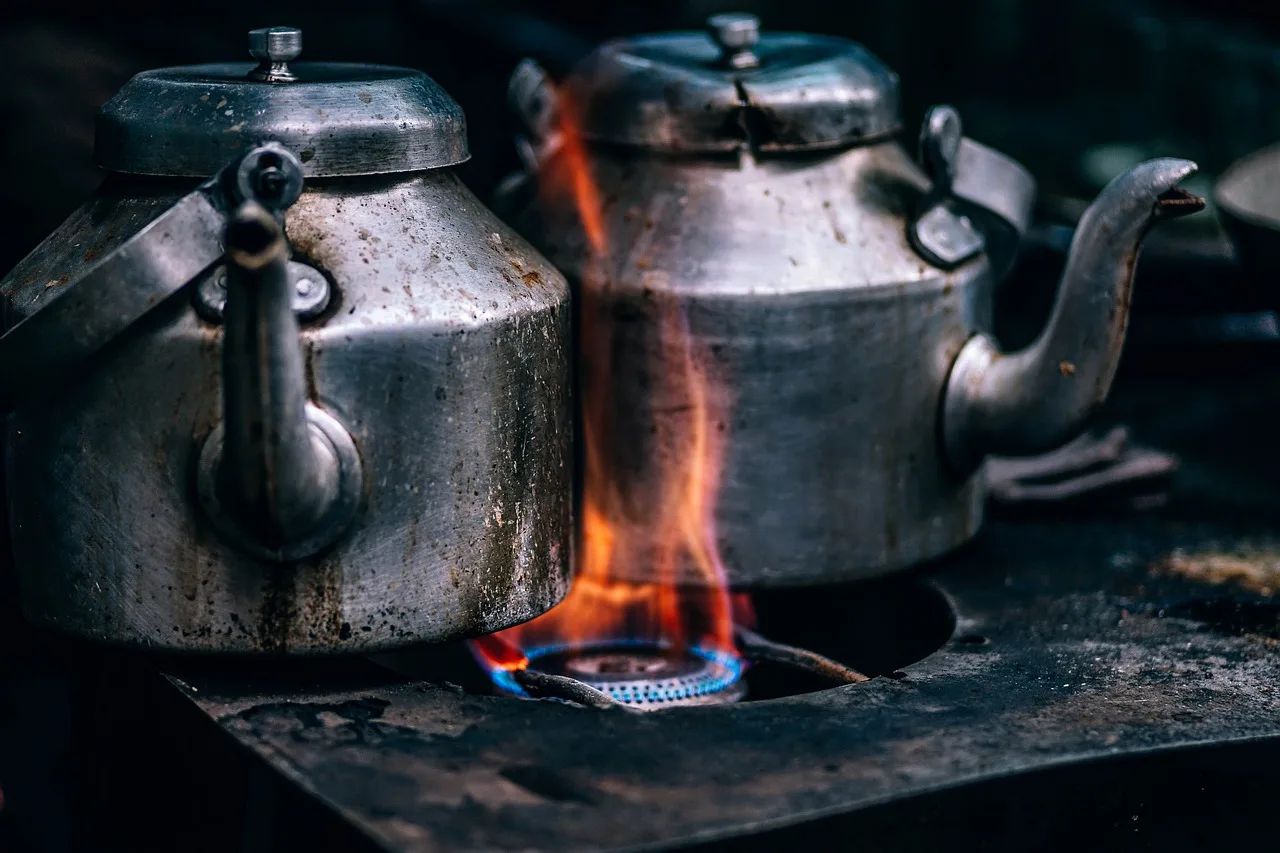Every year, house fires cause hundreds of injuries and result in damages costing millions of dollars. However, the root cause of this isn’t always an unpredictable accident. In many cases, the problem stems from a lack of fire prevention methods and a lax attitude toward well-known common causes.
But here’s the good news – fire safety is within our grasp. With the right tools, knowledge, and techniques, we have the power to protect our homes and loved ones from such devastating incidents.
Therefore, today, we’ll talk about common causes of house fires and how to implement the simplest and most efficient fire prevention methods in your own home.
Top 3 Common Causes of House Fires
1. Unattended Cooking Equipment
The leading cause of cooking fires is unattended cooking equipment. The sad part is that it only takes a few seconds of being distracted to start a kitchen fire.
Let’s say you’re simmering soup on the stove, then suddenly get distracted by a phone call. As you submerge yourself in conversation, your soup begins to boil over and causes the flame to flare.
If this happens near any flammable items like kitchen towels or wooden utensils, it can quickly escalate into a full-blown fire.
Electric stovetops and ovens are just as dangerous if left unknowingly switched on for prolonged periods. They can ignite nearby combustible materials or cause electrical fires if they get excessively hot.
2. Faulty Electrical Equipment
Frayed cords or damaged insulation, especially in kitchen appliances, are signs you should retire them. This deterioration could lead to short circuits, generating sparks that may ignite nearby materials.
Take into account appliances that overheat too. If an appliance runs for long periods without sufficient ventilation or maintenance, it could easily get too hot and cause a fire, especially if it’s near surfaces like carpets or curtains.
3. Heating Devices
Heating devices, especially during the cold months, can be a major culprit in causing house fires. Consider that cozy space heater you place near your bed or the one under your desk to keep your feet warm. If they are too close to combustible materials like bedding, curtains, or even paperwork, these items can overheat and catch fire.
Then there’s the central heating system itself. Boilers and furnaces that aren’t maintained regularly could accumulate dust and grime around their elements over time. These particles could ignite from prolonged exposure to high temperatures.
Fire Safety Measures to Keep Your Home Safe
Fire safety prevention methods are crucial for keeping your family, property, and belongings safe. However, this doesn’t mean you are entirely safe. If the worst happens and you or a loved one are involved in a fire injury case, it’s also important to know your rights.
The good news is that simple fire prevention methods, like having a fire extinguisher, installing smoke alarms, and checking your appliances, can significantly reduce the risks.
1. Purchase and Learn How to Use a Fire Extinguisher
Having a fire extinguisher in the house can be a game-changer for your safety as it equips you with the means to put out small fires before they get out of control. For instance, if a pot on the stove flares up, you can quickly snuff out the flames before they spread if you have a fire extinguisher and know how to use it.
However, it’s not enough to just buy a fire extinguisher and forget about it. You also need to learn about your fire extinguisher’s life span, maintenance needs, and usage methods when under pressure.
2. Regular Appliance Check-up
Performing regular appliance check-ups is crucial to prevent house fires. This doesn’t simply mean eyeballing the exterior – you also have to perform thorough checks of the wires and power points.
Start by inspecting the cords and plugs for signs of wear and tear, like fraying or cracks. Any appliances with damaged wires should either be repaired by a professional or replaced entirely. It’s also essential that you don’t overload power points with multiple appliances. Not only can this lead to fires directly via overheating, but it can also cause degradation of the outlet itself, which indirectly increases fire risk.
Lastly, ensure your appliances are given room to breathe. Overheating due to inadequate ventilation can cause components to wear out faster, increasing the risk of electrical fires. Key appliances to consider for this include fridges, dishwashers, and any heating systems.
3. Check Your Smoke Alarms
Smoke alarms are essential in fire prevention and should be installed all throughout your home. However, just installing these devices is not enough – you also have to check they are working in optimal conditions regularly.
Start by testing your alarms monthly by pressing the ‘test’ button. This should trigger a loud alert, ensuring the device is working correctly. If it doesn’t sound or is not loud enough, replace the batteries immediately.
Additionally, make sure to clean your alarms periodically to prevent dust or insects from blocking the sensors. You can typically use a vacuum cleaner for this task. Finally, don’t forget that smoke alarms have expiry dates, too! Replace them every ten years or as indicated in the manufacturer’s instructions.
Wrap Up
At the end of the day, households that adopt and maintain proper fire safety methods see a dramatic reduction in the risk of fire incidents. This includes practices as simple as checking smoke alarms, being cautious with cooking appliances and heating units, and learning how to use a fire extinguisher properly.
Coupled with a mindful attitude towards potential hazards, these efforts can help bring the chances of house fires down to a bare minimum, keeping your property and precious family safe.






